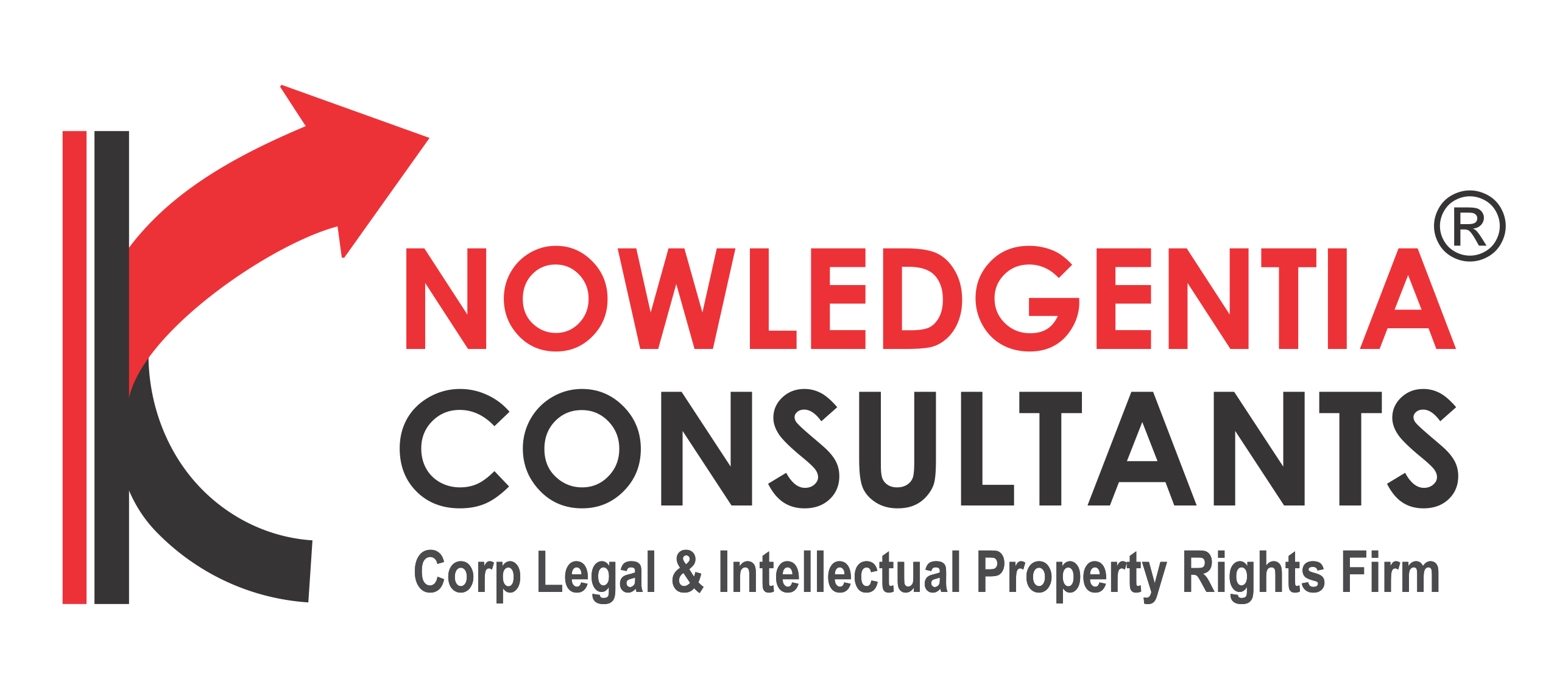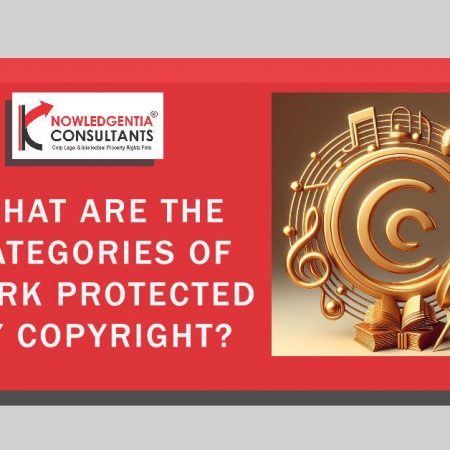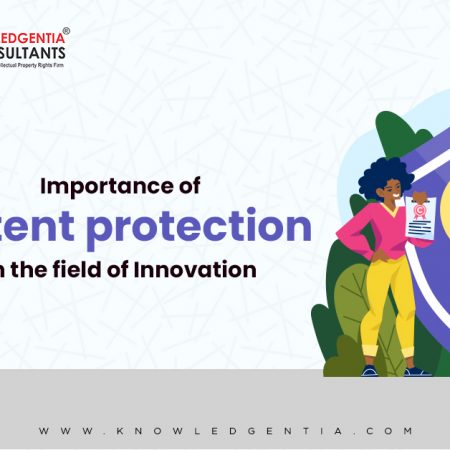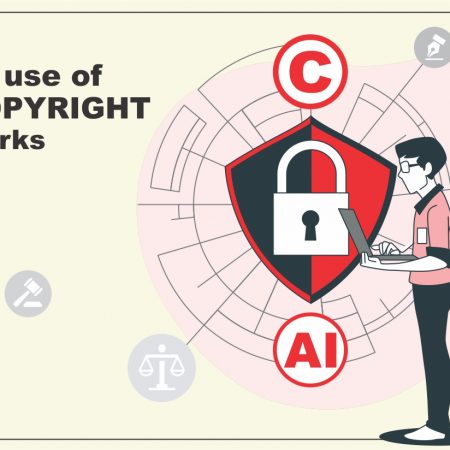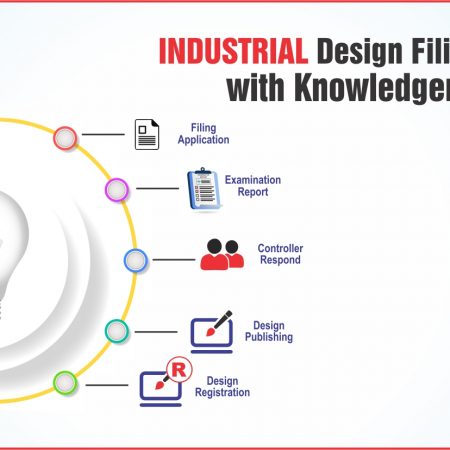TRADE SECRETS, PATENTS AND TECHNOLOGY TRANSFER
INTRODUCTION
Patents and trade secrets are intellectual property rights that protect information. Patents on one hand give exclusive rights to the owner to exclude others from making, selling, using or importing any product or technology and trade secrets on the other hand refers to business information, formula or processes that a company or an individual makes a reasonable amount of effort to keep secret on account of having commercial value. In case a patent is granted, the innovative product or process is in public domain but in case of trade secret the information is protected from public eye. Patent is granted for 20 years but a trade secret can be protected perpetually and indefinitely. In India though there is a codified law for patent protection but for protection of trade secrets there is no such law that has been codified till date. A trade secret is usually protected by restraining licensee through binding him to a non disclosure and confidentiality agreement. Trade secrets are therefore considered as an alternative to patent protection in some cases but position of patent protection is definitely better than enforcing protection via protecting trade secret in any case. Knowledgentia Consultants which is best known for global IPR protection services enables clients to protect their invention and know how by providing legal opinion and advice most befitting to each case . With an expert team of best patent consultants in India, we ensure our clients are able to effectively protect their IP with least amount of hassle.Effective technology transfer involves patent as well as trade secret licensing.
TECHNOLOGY TRANSFER
The digital revolution has increased the pace of movement of data, design, inventions, materials, software, technical knowledge or trade secret from one organization to another such as between universities, business and government. In daily life technology transfer can be done formally as well as informally. By sharing skills, knowledge and innovative technologies, scientific development has expanded widely.
TYPES OF TECHNOLOGY TRANSFER
– Vertical Technology Transfer
It is also known as internal technology transfer which includes basic research to applied research, applied research to development, development to production. This type of technology transfer mostly takes place between research association, universities, governments and others.
– Horizontal Technology Transfer
It is also known as external technology transfer and it takes place between private companies, small and large business, and others.
PROCESS OF TECHNOLOGY TRANSFER
Step 1: Invention disclosure– disclosure of invention has to be submitted by the researcher in detail, including funding used, name of all researchers, publications and other details.
Step 2: Evaluation- disclosure of invention is then evaluated by the offices for its patentability, commercial value, intellectual property protection and commercialization. If the invention meets all criterias, then application goes to the next stage.
Step 3: Patent application- the researcher gets one year to file patent application. It takes 4-6 years for a patent to be issued and it is valid only for 20 years.
Step 4: Assessment and marketing- once patent application has been filed, assessment of technology is done. Once the patent is issued, then technology is ready to be use in the market.
Step 5: Patent license- Patented inventions are transferred to industry through a variety of licensing arrangements.
Step 6: Commercialization- Once a licensing agreement has been signed, applicant monitors the business development and compliance of performance milestones, coordinating patent prosecution, processing license income and distributing revenue according to the Intellectual Property Policy.
METHOD OF TECHNOLOGY TRANSFER
- Licensing
- Joint Venture Agreement
- Franchising
- Original Equipment Manufacturing
- Buy-Back Contracts
ADVANTAGES OF TECHNOLOGY TRANSFER
- Provides platform to share ideas
- Protect intellectual property
- promoting scientific and technological research
- Enhance collaboration between different stakeholders.
- It helps the parties to accomplish the goals which they would not be able to achieve on their own
- Cost saving factors
- Economy of the industry also gets boosted
- Generates more revenue
Both trade secret and patents have become an important driver for growth of businesses these days. Protection for both can also be claimed simultaneously as well. High cost of patenting coupled with long drawn out process makes protecting trade secret and trade secret licensing a viable option for many projects. Also, since the information becomes public once a patent is granted many corporate and organizations prefer simultaneous protection
PATENT AND TRADE SECRET PROTECTION-WHICH ONE IS STRONGER MODE OF PROTECTION?
It is practically possible that trade secrets contain information that does not meet patentability criteria and on the other hand there might be inventions and know how that might meet patentability criteria. Reverse engineering can lead to dissecting of innovation and thereby lead to usage of knowhow by a third party. Further licensing of trade secret and tech transfer is more difficult in case of a trade secret than that of a patent. At Knowledgentia we provide solutions where instead of getting entangled in technicalities we present ways for our clients where patent and trade secret simultaneous protection offer a competitive edge to our clients. Be it drafting confidentiality agreements or contracts with employees and business partners, we ensure that interests of our clients are protected at all times without being compromised.
We are your one-stop solution for all kinds of legal, compliance and supplemental matters concerning patents, trade secrets and technology transfer. In case of any query regarding this matter you may email us at info@knowledgentia.com or visit our website –https://knowledgentia.com/.
PUBLISHED BY MS. HARINDER NARVAN, MS. APARNA JAIN, MS. AASHRIKA AHUJA AND MR. PARDEEP KUMAR YADAV ON 11.02.2022
